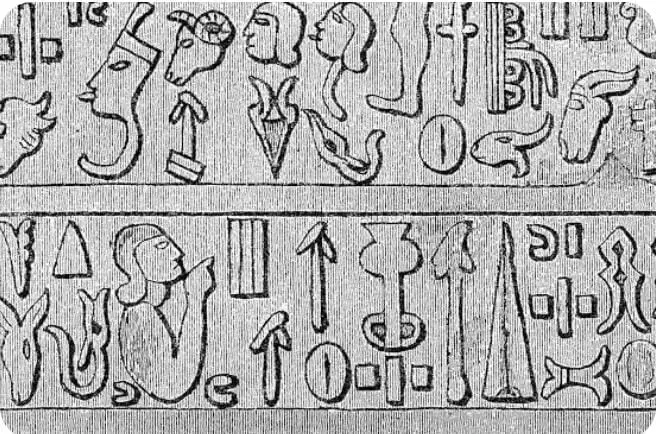Today, the ancient city of Hattusha—the capital of the Hittite empire that ruled north-central Turkey in the late Bronze Age (1650 – 1200 BCE)—is a treasure trove of ancient languages. At the Boğazköy-Hattusha archeological site, excavations over the past century have uncovered around 30,000 cuneiform tablets detailing the history, traditions, and society of Bronze Age Anatolia. This site is so rich in Bronze Age history that the once-powerful capital became a UNESCO World Heritage Site in 1986.
Although most of the tablets found in Hattusha are written in Hittite—the oldest attested Indo-European language (and the language tree through which English evolved)—many other languages of the region can be found among these cuneiform treasures, including Luwian, Palaic, and Hattic. However, this year’s excavations at the site revealed a surprising discovery—an entirely new language.
Today, the ancient city of Hattusha—the capital of the Hittite empire that ruled north-central Turkey in the late Bronze Age (1650 – 1200 BCE)—is a treasure trove of ancient languages. At the Boğazköy-Hattusha archeological site, excavations over the past century have uncovered around 30,000 cuneiform tablets detailing the history, traditions, and society of Bronze Age Anatolia. This site is so rich in Bronze Age history that the once-powerful capital became a UNESCO World Heritage Site in 1986.
Although most of the tablets found in Hattusha are written in Hittite—the oldest attested Indo-European language (and the language tree through which English evolved)—many other languages of the region can be found among these cuneiform treasures, including Luwian, Palaic, and Hattic. However, this year’s excavations at the site revealed a surprising discovery—an entirely new language.





